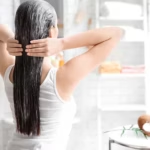What Is Textured Hair?
As a professional in the beauty industry, I’m often asked, “What exactly is textured hair?” This question is understandable because the term can mean different things to different people, even within the hair care industry. Understanding what textured hair truly encompasses is crucial for anyone looking to embrace and care for their natural hair.

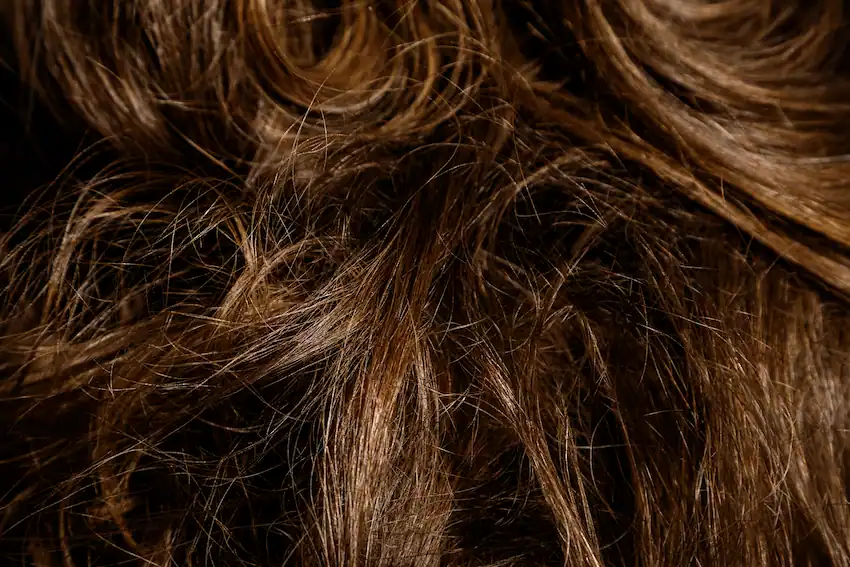

Defining Textured Hair: An Inclusive Term
Textured hair is a broad and inclusive term that refers to hair with some form of curl pattern. This could range from loose waves to tight coils, and everything in between. Unlike straight hair, textured hair has a shaft that creates shape and dimension, either by twisting around itself into loose or tight curls, forming S-shaped waves, spring-like coils, or kinking into a Z-shape. Essentially, textured hair is any hair that is not straight.
It’s important to note that people often have more than one curl pattern on their head, which is why the term ‘textured hair’ needs to be inclusive. It serves as an umbrella term that can be further broken down into kinky, coily, curly, and wavy hair types.
Why the Confusion?
The confusion around what textured hair is likely stems from the fact that the term ‘texture’ itself can be interpreted in different ways. Technically, all hair has some texture — it’s simply the way something feels. However, in the context of hair care, ‘textured hair’ specifically refers to hair with a curl pattern.
This lack of continuity in terminology can lead to misconceptions and stereotypes, particularly the widely-held myth that textured hair is difficult to manage. In reality, textured hair, especially kinky and coily types, is extremely versatile and, with the right care, can be managed beautifully at home.
The Science Behind Textured Hair
The type of textured hair you have depends largely on the shape of your hair follicles. The deeper and tighter the follicle is shaped, the curlier your hair will be. For instance, if you have Type 4a textured hair, your hair likely forms well-defined ringlets with an S-patterned curl close to the scalp. On the other hand, Type 3b hair features bouncy coils that form large loops, while Type 2c hair typically has wavy locks with occasional corkscrew curls.
Understanding your hair’s texture is the first step in learning how to care for it. Each type of textured hair requires special attention and specific products to maintain its health and vibrancy.
Managing and Caring for Textured Hair
One common practice among those with textured hair is texturizing, which is a chemical process that relaxes curls to create looser waves. While this can make hair easier to manage, it’s important to remember that texturizing is a chemical treatment that can cause damage if not done properly. Therefore, understanding how to manage texturized hair is crucial.
To maintain healthy textured hair, focus on hydration. Products geared specifically towards textured hair, such as deep conditioning treatments, are essential. For example, using a treatment like Rapid Recovery Treatment™ once a week can restore moisture and promote frizz-free curls.
Key Tips for Textured Hair Care
- Moisture is Crucial: Textured hair tends to be more brittle and requires regular hydration. Use a natural cleanser that is free of sulfates or harsh chemicals, and incorporate a lightweight leave-in conditioner with added moisturizers like aloe vera.
- Protect Against Heat: If you use heat styling tools, always apply a protective product beforehand to shield your hair from damage. Consider air-drying your hair or using a diffuser attachment on your blow dryer to minimize heat exposure.
- Use the Right Products: Whether it’s curl cream for defining your curls or oils to nourish your scalp, choosing the right products is vital for maintaining the health of your textured hair.
- Nighttime Care: Wrap your hair in a silk scarf or use a silk pillowcase while you sleep to reduce friction and prevent breakage.
Embracing Your Natural Texture
One of the biggest challenges in caring for textured hair is overcoming the myth that it’s difficult to manage. With the right tools, knowledge, and products, managing textured hair can be not only hassle-free but also enjoyable. Social media has played a significant role in helping people embrace their natural texture, showcasing role models with curly hair and providing inspiration for styling and care.
Conclusion
Understanding and embracing textured hair is about more than just knowing the right products to use; it’s about celebrating the natural beauty and versatility of your curls, coils, or waves. With proper care, textured hair can be healthy, vibrant, and absolutely stunning.
Whether you have tight ringlets or loose waves, your hair is something to be celebrated. By embracing your natural texture and using the right products, you can enhance your natural beauty and enjoy gorgeous, healthy hair every day.
Remember, caring for textured hair is not just a routine; it’s a journey of self-discovery and self-love. Let’s continue to learn, adapt, and celebrate our unique textures together.
Check Recent Posts:
- All-in-One Insurance Package: Comprehensive Coverage for Car, Health, and Family
- Top Benefits of Car Insurance for a New Car Owner 🚗
- What Does Conditioner Do for Curly Hair?
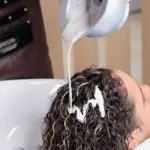
- How to Use Leave-in Conditioner for Curly Hair: A Step-by-Step Guide
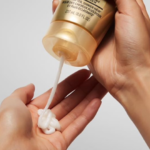
- How to Brush Curly Hair the Right Way? Tips and Techniques
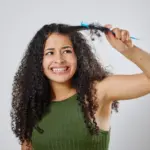
- The Truth About Leaving Conditioner in Your Hair Overnight: Pros, Cons, and Best Practices
